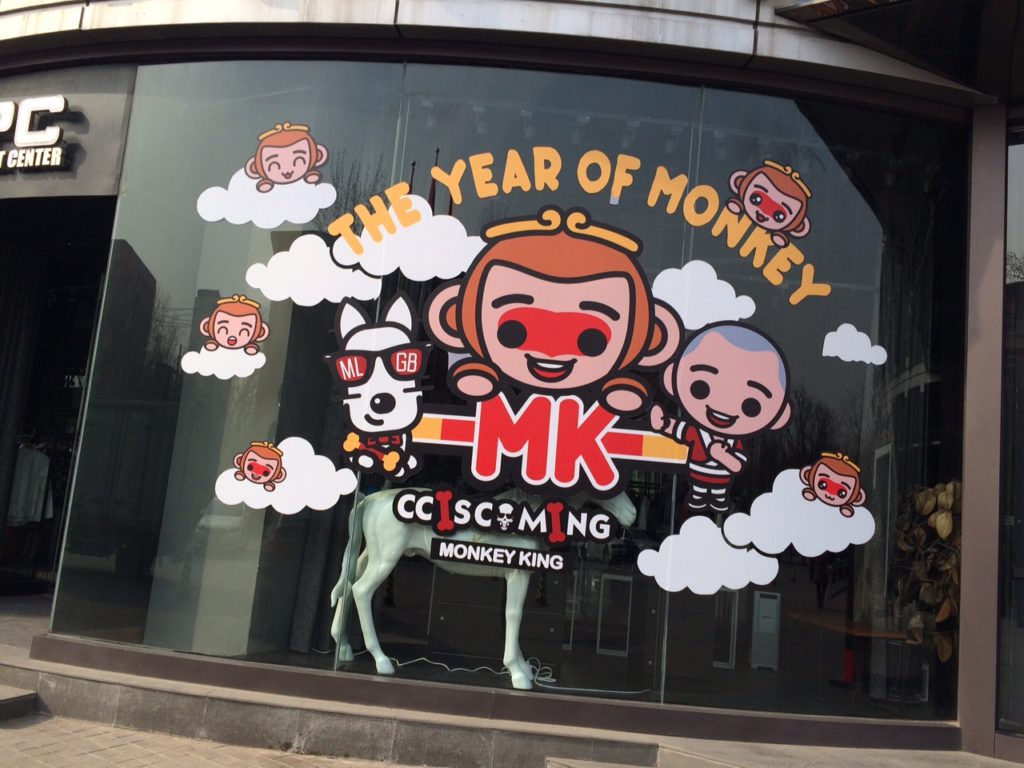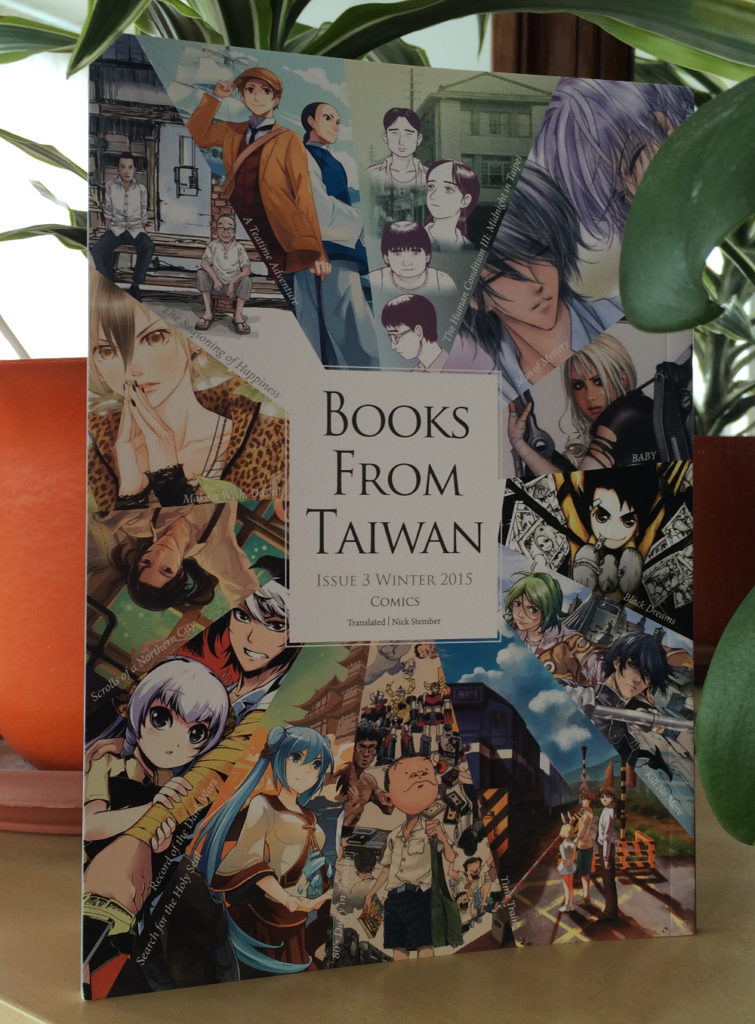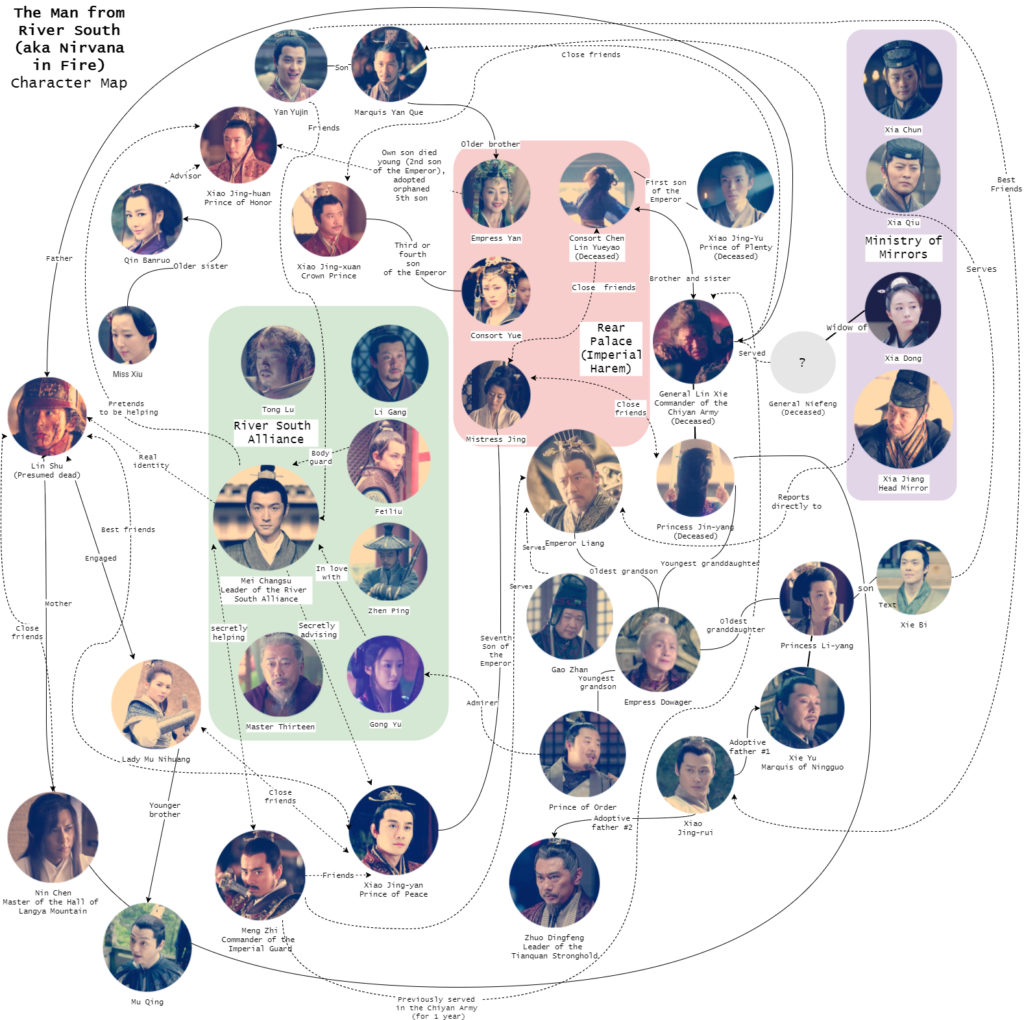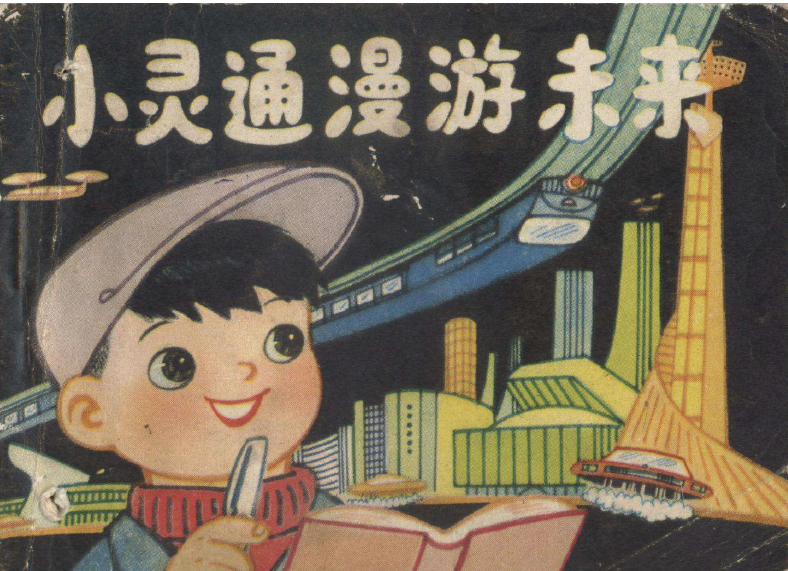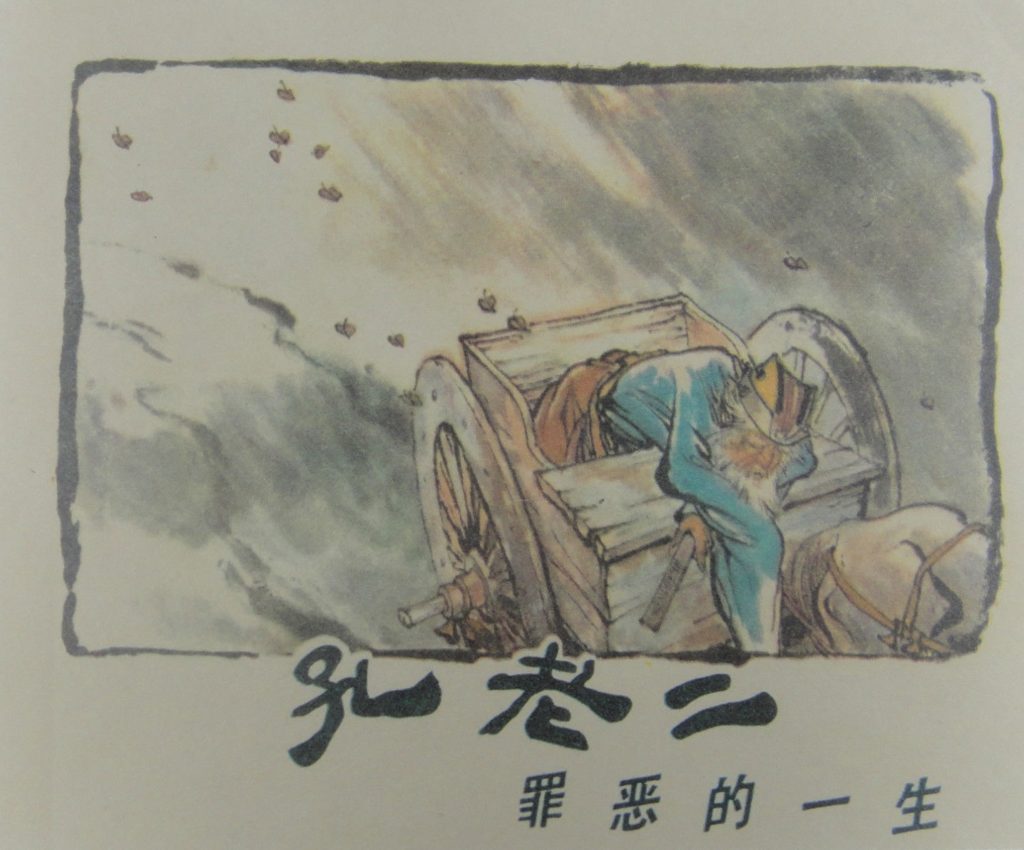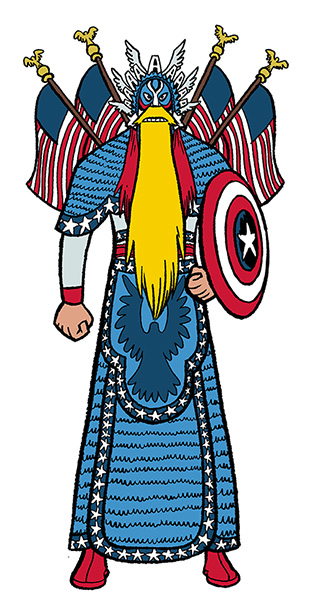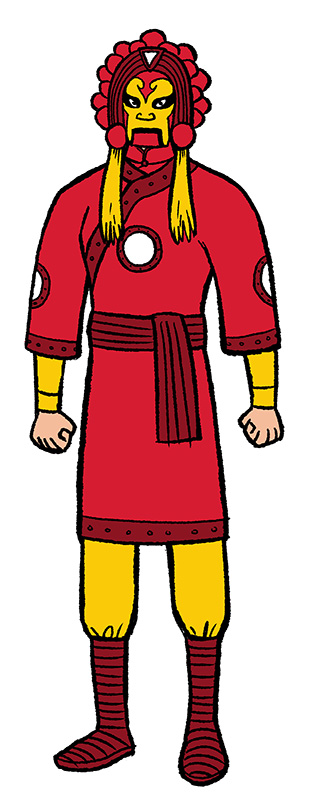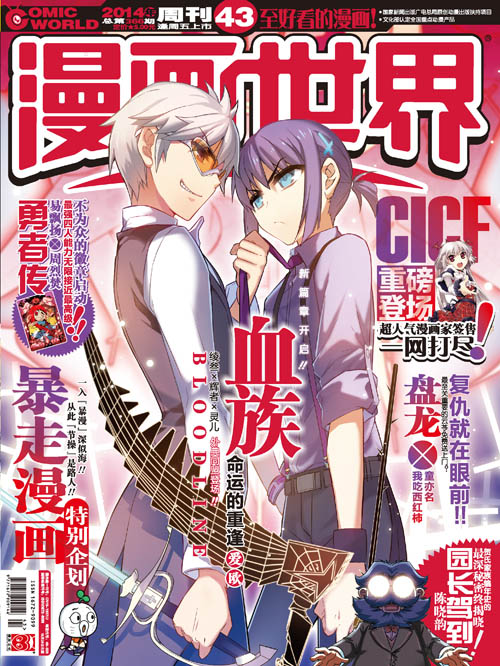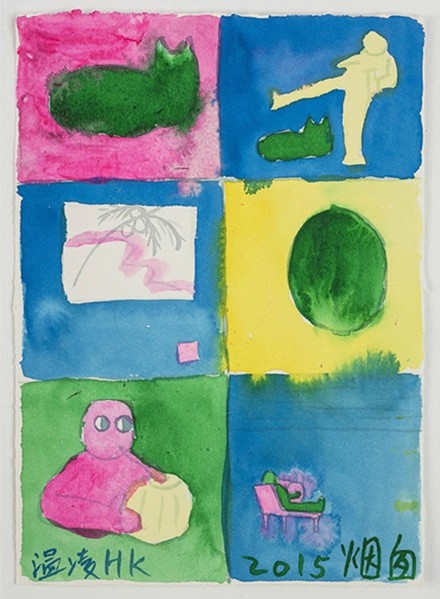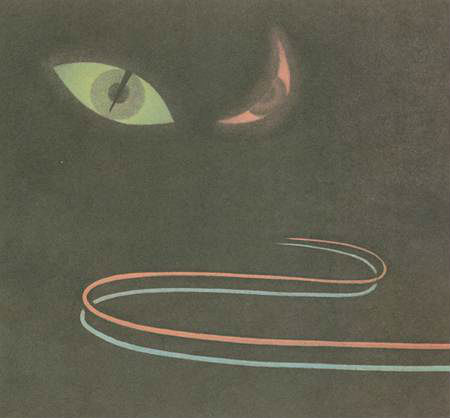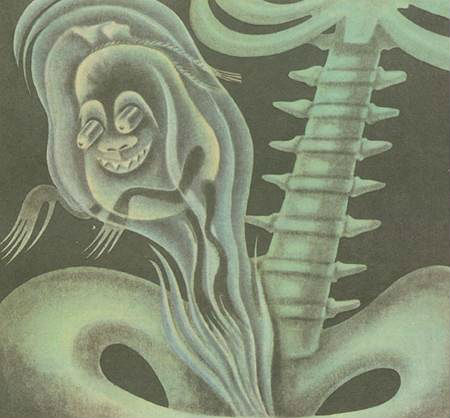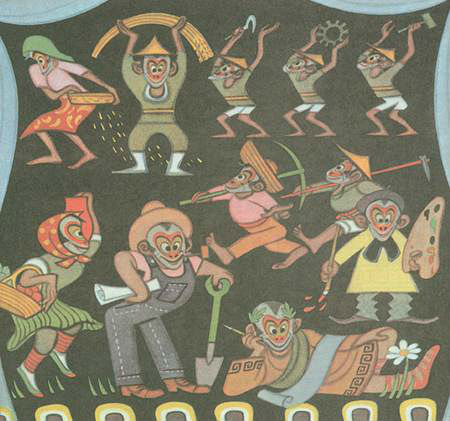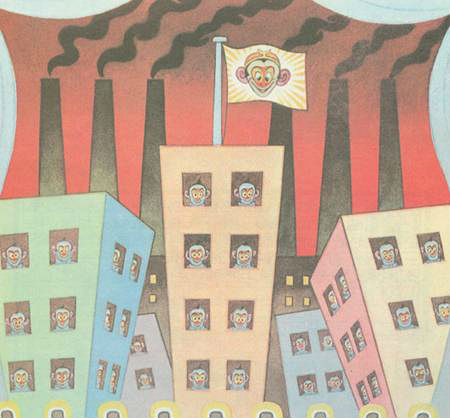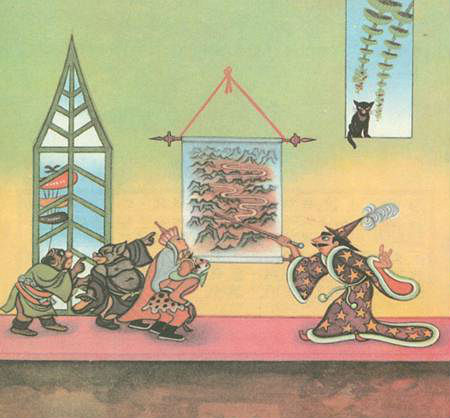This is first chapter in my MA thesis completed in December 2015 at the Department of Asian Studies at UBC, The Shanghai Manhua Society: A History of Early Chinese Cartoonists, 1918-1938. Since passing my defense, I’ve decided to put the whole thing up online so that my research will be available to the rest of the world. I’ve also decided to use Creative Commons Attribution-NonCommercial-NoDerivatives 4.0 International License, which means you can share it with anyone you like, as long as you don’t charge money for it. Over the next couple of days I’ll be putting up the whole thing, chapter by chapter. You can also download a PDF version here.
Fittingly, given the role free trade agreements have played in the development of 21st century cities, Shanghai of the early 20th century, “portent of the modern world,” was made possible by the Treaty of Nanking in 1842 which designated Shanghai a ‘treaty port,’ becoming a casualty of the first Opium War between the rapidly expanding British Empire and the ailing Qing Empire.[1] The Manchus had ruled China since overthrowing the ethnic Han Ming dynasty in 1644, overseeing a huge growth in population and territory. According to many scholars who have studied the era however, the Manchu reforms were primarily targeted at restoring rather than reforming political, economic, or social institutions which they inherited.[2] Eventually, foreign aggression forced the imperial government to begin efforts toward Western-style modernization.[3] The British treaty was soon followed by similar French and American treaties in 1844. Chinese entrepreneurs flocked to the foreign concessions to take advantage of the new economic opportunities they provided, while many others sought refuge from the political turmoil of the Taiping Rebellion of 1851 to 1864. Foreign products, most famously opium, but also English wool, Indian cotton, Russian furs, American ginseng, and silver bullion mined in Mexico were imported into China through the docks and godowns [warehouses] of the Huangpu, and while goods such as tea, silk, and porcelain were exported from the farms and villages of the Chinese countryside. Over time, a local manufacturing industry (of which printing presses were to form a large part) emerged, eventually overtaking the import-export business.
In 1895, the defeat of the Qing in the first Sino-Japanese War led to the Treaty of Shimonoseki, which created the first Japanese concessions in China while also establishing a legal precedent for foreign-owned manufacturers within China. At first, Chinese industrialists struggled to compete with the capital resources and more advanced manufacturing techniques of foreign-owned factories. Chinese firms quickly latched onto the idea of using the rhetoric of nationalism to sell their products, which often came at a higher or equivalent real cost, with a lower level of perceived quality. Anti-Japanese sentiment was stoked even further by the Russo-Japanese War of 1904-1905, when Japan seized additional concessions in the Liaodong peninsula 遼東半島, in the northeastern province of Liaoning 遼寧, which at the time was known as Fengtian 奉天.
When the by then widely despised Qing government was finally overthrown in late 1911, the ensuing wave of nationalism help bring by Sun Yat-sen’s 孫中山 (1866-1925) Kuomintang 國民黨[Chinese Nationalist Party, KMT] to power, with the support of the leading Qing general, Yuan Shikai 袁世凱 (1859-1916) and his modernized Beiyang Army. Meanwhile, business owners quickly realized the opportunity to seize market share from foreign imports with the establishment of the Chinese National Product Preservation Association 中華國貨維持會. Beyond simply promoting Chinese products, the CNPPA would go to organize numerous anti-Japanese boycotts from its headquarters in Shanghai, which were largely suppressed by the Republican government under pressure from the Japanese legation.[4]
When World War I broke out in August, 1914, Japan, which had been formally allied with England since the 1902 Anglo-Japanese Alliance, seized the German concession in Qingdao, Shandong province and proceeded to force the Yuan Shikai’s government, which had ejected Sun Yat-sen’s KMT the previous year, to accept a list of demands, including the recognition of the various Japanese territorial claims in China. In late 1915, Yuan reinstated the monarchy, declaring himself Emperor Hongxian of the Chinese Empire 中華帝國大皇帝洪宪, a controversial decision which led to the break-up of his government even before his death from kidney failure in 1916.
Following Yuan’s death, the Beiyang Army split into warring factions, which coalesced into three main groups: the Anhui clique 皖系, the Zhili clique直系, and the Fengtian clique 奉系.[5] At first, the most powerful of these was the Anhui clique, which controlled Beijing under the leadership of Duan Qirui 段祺瑞 (1865-1936), an Anhui native, with the support of the Japanese who provided loans in exchange for under-the-table territorial concessions. For similar reasons, the Japanese also supported the Fengtian clique, which was based in the far northeastern corner of the country above Korea, known as Manchuria, and led by Zhang Zuolin 張作霖 (1875-1928), with the support of Zhang Zongchang 張宗昌 (1881-1932) and others. Hebei and its surroundings, meanwhile, were controlled by the Zhili clique, led by Cao Kun 曹錕 (1862-1938), in partnership with Wu Peifu 吳佩孚 (1874-1939), Feng Yuxiang 馮玉祥 (1882-1948), and Sun Chuanfang 孫傳芳 (1885-1935).
For much of the late 1910s and early 1920s, however, the province of Canton in the far south was largely controlled by the KMT under Sun Yat-sen’s leadership. Sun initially formed alliances with local warlords, in particular Chen Jiongming 陳炯明 (1878-1933), but found them to be unreliable allies in his quest to reunify China under KMT rule. In 1924, Sun founded the Whampoa Military Academy 黃埔軍校 in Canton with support of the Soviet Union and the New Guangxi Clique 新桂系, which controlled neighboring Guangxi province, a major center of opium production.[6] As part of the terms of support from the Bolsheviks, the KMT had formed an alliance with the Chinese Communist Party in 1923, known today as the First United Front of the Nationalists and Communists. In 1925, Chiang Kai-shek 蔣介石 (1887-1975), commandant of the Whampoa Military Academy, drew on the graduates of Whampoa to found the National Revolutionary Army (NRA), a force which would ultimately retake the country for the KMT following Sun Yat-sen’s death in 1925.
In was during these turbulent times that Ye Qianyu, today the most well-known member of the Manhua Society, grew up. Ye’s early life story is unique among his peers not so much in the particulars, but because we know a great deal about it, largely thanks to his autobiography which was published in the 1990s. Ye’s early life illustrates how the numerous military conflicts of the late 1910s and early 1920s shaped the lives and aspirations of the first generation of manhua artists in China.
Ye Qianyu: The Student
Born in 1907 into a family of merchants in Tonglu county 桐廬縣, Zhejiang province, in the mountains to the southwest of Hangzhou at the confluence of the Fenshui and the Fuchun, at age seven Ye entered Baohua Primary School 葆華小學. After graduating in 1916 he enrolled at Zixiaoguan Advanced Primary 紫霄觀高等小學 where in addition to his other coursework he also studied traditional ink painting and handicrafts. He spent five years at Zixiaoguan before graduating in 1921.[7]
While Ye was in his third year Zixiaoguan, World War I ended with the Treaty of Versailles. Signed on June 28, 1919, due to secret territorial concessions granted by the various warlord cliques in exchange for loans and military equipment, this controversial document upheld Japanese claims over Qingdao and the Liaodong peninsula, despite China having contributed some 140,000 laborers to the Allied war effort. More than 800 miles to the north of Hangzhou, student protests against both the warlords and Japan took place in the capital of Beijing on May 4, 1919, quickly spreading to rest of the country. The “May Fourth” movement, as it came to be known, was a watershed moment for a new generation of Chinese intellectuals who increasingly came to advocate for the abandoning of “backward” Chinese tradition in favor of the modern ideals of “science and democracy.” Although he was only 12 when the May Fourth movement began, in his memoirs Ye recalls participating in student protests inspired by the May Fourth movement several years later while going to school in Hangzhou.
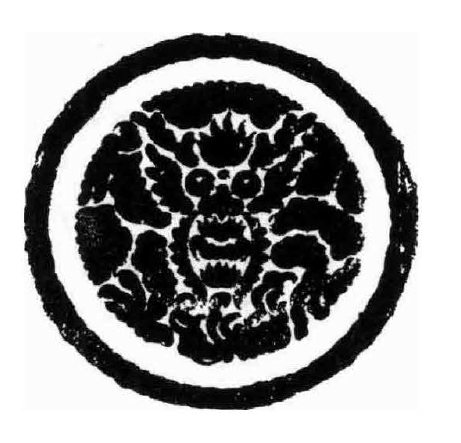
![Monkey, 1st edition cover [front]](http://www.nickstember.com/wp-content/uploads/2016/04/image001.jpg)
![Monkey, 1st edition cover [back]](http://www.nickstember.com/wp-content/uploads/2016/04/image003.jpg)
